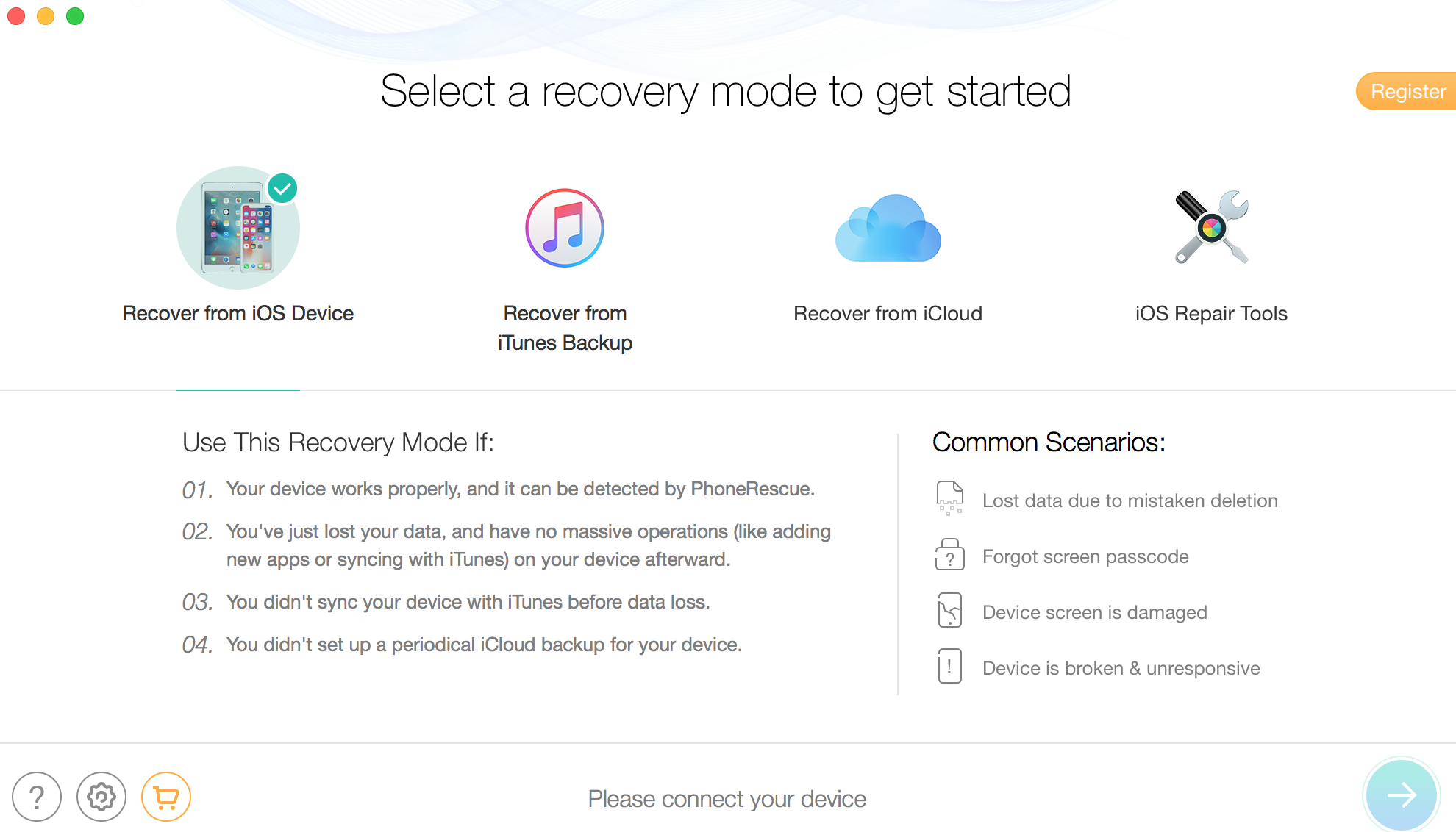The word “future-proof” has been bandied about in business circles for years, but it arguably took on a whole new relevancy in 2020, when the pandemic forcibly upended many companies’ previously firmly-ingrained ways of working.
Now, as vaccination programs around the world get underway, the question is: how should you adjust your company’s tech to prepare for the post-COVID era? Here are several steps you should take for your business.
Update and replace your workplace tech as necessary
This is one of the most obvious ways to future-proof a business. A Work Institute report mentioned by TechRadar claims: “Six in ten respondents actively want more up-to-date technology to help them feel more engaged.”
However, the same report also notes: “It’s not the technology per se that’s the problem, but whether it’s fit for purpose.” To decide whether it’s the right time for you to buy new tech or install new software, you should consider whether either move would facilitate your company’s growth.
Give remote workers access to enterprise-grade connectivity
As you just can’t be certain when the next pandemic – or, at least, pandemic-like threat – will strike, you should make sure your business is better-prepared for that threat than it might have been for the last one.
To that end, you should make sure that your employees will be able to smoothly transition from the usual office environment to their home office as and when required. A key part of ensuring this can be budgeting for these workers’ access, from their homes, to enterprise-grade network connectivity.
Audit your existing corporate tech
You can do that by conducting an internal audit that investigates how your workers use technologies and tools your company has handed to them. The audit should also be aimed at discerning which of these technologies and tools your employees like and which them they don’t like.
If frustration has set in with any of your company’s existing tech, it could simply be because the affected employees don’t understand how to properly use it – in which case, you could heed the next tip…
Provide remote training and support
Whenever any members of your team get access to a technology not previously in use by your company, you should use training exercises that help these workers to familiarize themselves with this technology.
Essentially, you want to simplify the tools to help get your workers comfortable with using them. Your IT staff, meanwhile, should be trained in how they can diagnose and resolve tech issues when the problem-struck hardware is based remotely and, hence, isn’t physically in front of them.
Secure all of your workers’ connections and devices
Ironically, while cloud tech has made remote work possible, it has also resulted in cybersecurity concerns. In a recent IDG survey mentioned in a Forbes article, 98% of businesses said they found securing applications, data and infrastructure in the cloud very or somewhat challenging.
Fortunately, a zero trust VPN solution like this one available from Wandera can enable businesses to access an array of crucial applications without curbing security.








Leave a Reply